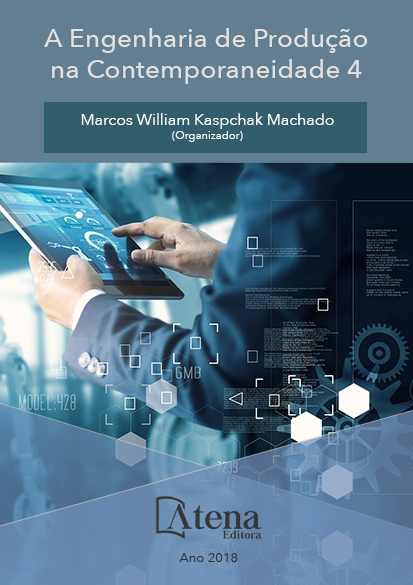
APROVEITAMENTO DA ÁGUA DA CHUVA PARA FINS NÃO POTÁVEIS EM EDIFICAÇÃO MULTIFAMILIAR NA CIDADE DE CARAZINHO (RS)
A água para o consumo está se
tornando cada vez mais restrita, havendo uma
crescente preocupação com o seu uso não
planejado que podem acarretar desperdícios
e uma possível insuficiência. Com isso, fazse
importante pesquisar sobre a captação de
água de chuvas, seu aproveitamento e seu
reuso. Esta pesquisa trata do aproveitamento
da água de chuva e estuda o seu potencial de
utilização em uma edificação com vistas ao
seu aproveitamento para fins de uso em vasos
sanitários, torneiras de jardins, lava-jatos para
lavagem de calçadas e automóveis. O sistema
foi instalado num prédio residencial multifamiliar
situado na cidade de Carazinho RS e é
composto por telhado metálico, calha em chapa
de alumínio, filtro de eliminação de resíduos,
reservatório de armazenamento e bomba
recalque para a elevação ao reservatório final.
Através do Instituto Nacional de Meteorologia
(INMET) foi registrado a média anual das
precipitações da cidade de Carazinho sendo
possível estimar quantificações de demanda
de água da chuva e o dimensionamento de
reservas. O modelo de dimensionamento deve
resultar no menor volume de reservação, sem
perda na eficiência e qualidade do sistema.
A amortização do investimento na edificação
ocorre de forma lenta, num período de 7 a
10 anos, sobretudo devido ao baixo custo
da água potável. Estima-se ser necessário
0,6 kWh de energia elétrica para produzir
1m³ de água potável sendo indispensável a
eficiência hidráulica e energética para o bom
gerenciamento dos sistemas de abastecimento
de água.
APROVEITAMENTO DA ÁGUA DA CHUVA PARA FINS NÃO POTÁVEIS EM EDIFICAÇÃO MULTIFAMILIAR NA CIDADE DE CARAZINHO (RS)
-
DOI: 10.22533/at.ed.01818091214
-
Palavras-chave: Água da chuva. Reuso da água. Sustentabilidade na edificação.
-
Keywords: rain Water. Reuse of the water. Sustainability in building
-
Abstract:
The water for consumption is
becoming more and more restricted, and there
is a growing concern with it’s not planned use
that can lead to waste and a possible failure.
With this, it’s important to research about the
abstraction of water from rainfall, it’s use and it’s
reuse. This research deals with the use of rain water, and studying their potential to use
in a building with a view to their exploitation for the purposes of use in toilets, faucets,
gardens, car washes for washing of sidewalks and cars The system was installed in a
residential building with multifamily located in the city of Carazinho RS and is composed
of the metallic roof, gutter in aluminum plate, filter, waste disposal, storage tank and
pump to discharge to the elevation at the reservoir end. Through the National Institute
of Meteorology (INMET) was recorded the average annual precipitation in the city of
Carazinho being possible to estimate quantifications demand of water from the rain
and the sizing of reserves. The sizing model should result in the smallest volume of
reservations, without loss in the efficiency and quality of the system. The amortization
of the investment in the building occurs slowly, over a period of 7 to 10 years, mainly
due to the low cost of drinking water. It is estimated to be necessary to 0,6 kWh of
electricity to produce 1m³ of potable water being indispensable to the efficiency of the
hydraulic and energy for the good management of the water supply systems.
-
Número de páginas: 15
- Berenice de Oliveira Bona


